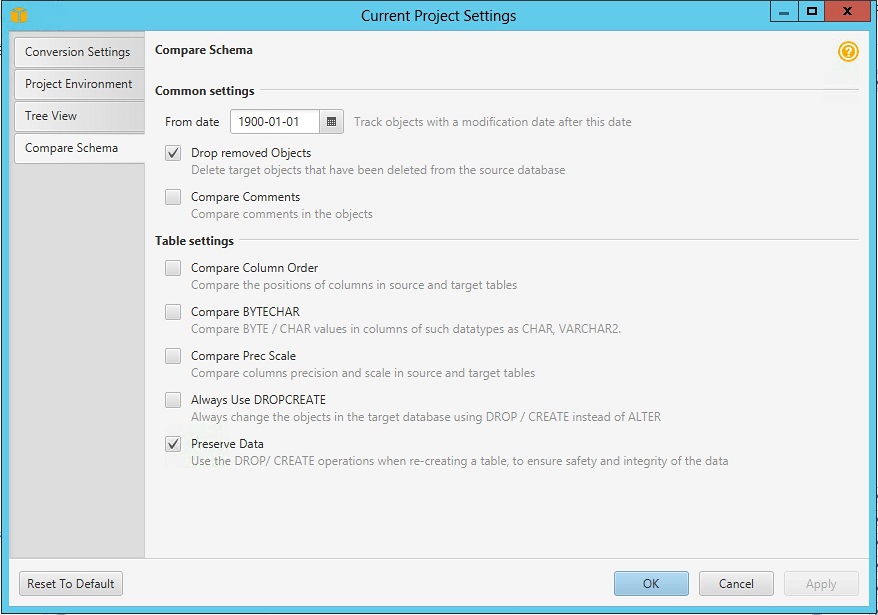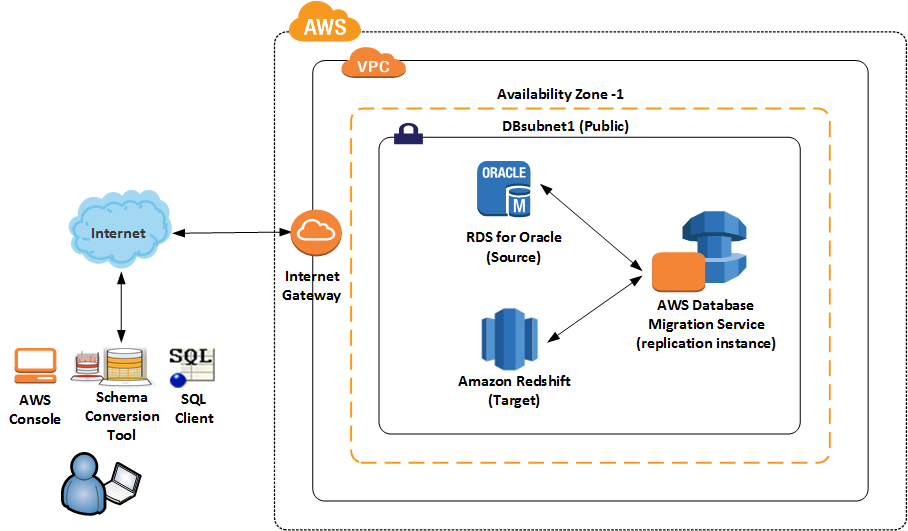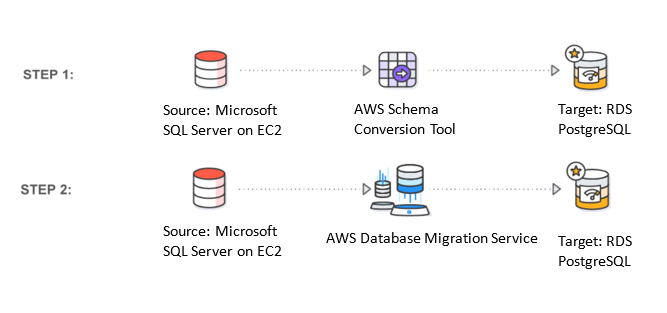AWS Database Blog
Tag: AWS Schema Conversion Tool
AWS Schema Conversion Tool blog series: Introducing new features in build 617
We are excited to introduce a new version of the AWS Schema Conversion Tool (AWS SCT). This version includes support for table-valued function conversions, additional information in server-level assessment reports, and more. For those of you who are new to AWS SCT, this tool helps convert your existing database schema from one database engine to […]
AWS Schema Conversion Tool introduces new features in build 616
We are excited to introduce a new version of AWS Schema Conversion Tool (AWS SCT) that includes support for PostgreSQL 10 partitioning, a new server-level Assessment Report, support for table-valued functions, and more. For those of you who are new to AWS SCT, this tool helps convert your existing database schema from one database engine […]
Introducing schema compare in AWS Schema Conversion Tool
The AWS Schema Conversion Tool (AWS SCT) makes your database migrations more predictable. It does this by automatically converting the source database schema and most of the database code objects to a format compatible with the target database. We’re excited to announce a new feature in AWS SCT to enable schema comparison and synchronization for […]
Simplify Data Warehouse Migration to Amazon Redshift Using New AWS Schema Conversion Tool Features
The AWS Schema Conversion Tool (AWS SCT) makes heterogeneous database migrations more predictable by automatically converting the source database schema and most of the database code objects to a format compatible with the target database. To help with migration of on-premises data warehouses to Amazon Redshift, the new version of AWS SCT adds the following important […]
Integrating Teradata with Amazon Redshift Using the AWS Schema Conversion Tool
David Gardner is a solutions architect and Pratim Das is a specialist solutions architect for Analytics at Amazon Web Services. Teradata provides long-standing data warehouse solutions, with many customers and applications running on its platforms. As companies migrate to the cloud, they are using Amazon Redshift as part of their cloud adoption. Recently AWS announced […]
Migrate Your Procedural SQL Code with the AWS Schema Conversion Tool
Database administrators and developers rely on relational databases to store data for applications. As Forbes noted in 2016, the development of open source offerings for database management systems like PostgreSQL is causing a growing number of enterprises to migrate to lower-cost solutions for their data storage. The move to the cloud often provides an excellent […]
How to Migrate Your Oracle Data Warehouse to Amazon Redshift Using AWS SCT and AWS DMS
Shree Kenghe is a solutions architect at Amazon Web Services. This blog post gives you a quick overview of how you can use the AWS Schema Conversion Tool (AWS SCT) and AWS Database Migration Service (AWS DMS) to help you migrate your existing Oracle data warehouse to Amazon Redshift. Amazon Redshift is a fast, fully […]
Introducing Data Extractors in AWS Schema Conversion Tool Version 1.0.602
We are pleased to announce the recent release of version 1.0.602 of the AWS Schema Conversion Tool (AWS SCT). The new version includes a new key capability—data migration agents that extract data from Oracle, MS SQL Server, Teradata, IBM Netezza, Greenplum and HPE Vertica data warehouses, prepare, optimize and upload it to Amazon Redshift. The […]
Introducing AWS Schema Conversion Tool Version 1.0.502
We are pleased to announce the recent release of version 1.0.502 of the AWS Schema Conversion Tool (AWS SCT). Two key capabilities included with this release are the use of Amazon Aurora with PostgreSQL compatibility as a target and integration with AWS Database Migration Service (AWS DMS). Amazon Aurora with PostgreSQL compatibility as a target […]
Cross-Engine Database Replication Using AWS Schema Conversion Tool and AWS Database Migration Service
Prahlad Rao is a solutions architect at Amazon Web Services. Customers often replicate databases hosted on-premises to the AWS Cloud as a means to migrate database workloads to AWS, or to enable continuous replication for database backup and disaster recovery. You can both migrate and perform continuous replication on the AWS Cloud with AWS Database […]









